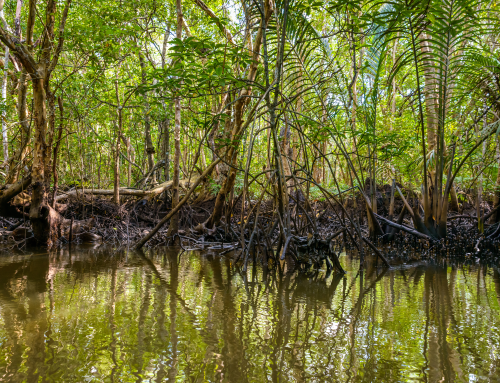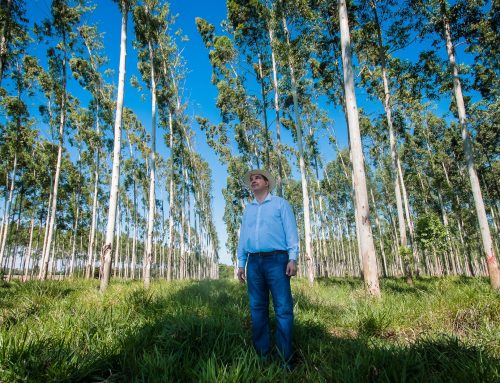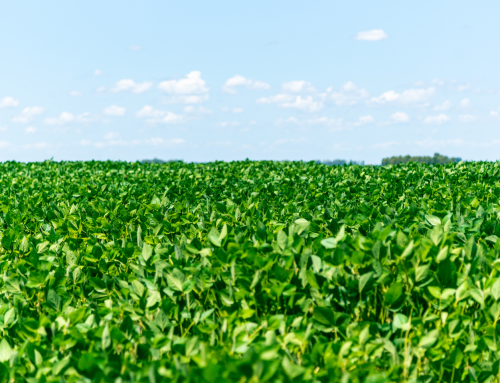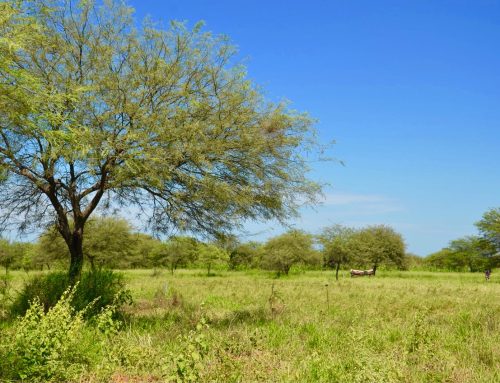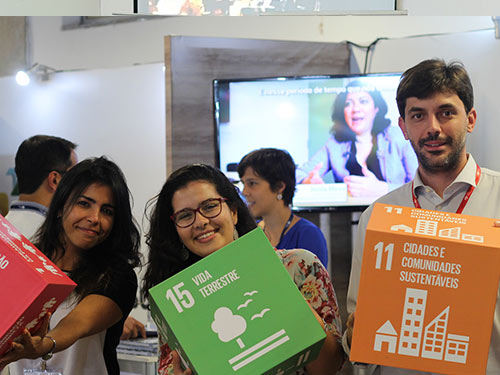
Originally published by the Thomson Reuters Foundation
As world leaders convened at the UN’s annual General Assembly last week, amidst the backdrop of New York’s Climate Week, the message was clear: we must act now and we must act together to tackle climate change.
It’s inspiring rhetoric but what exactly does this mean in practice?
When we, the global community, are confronted with mounting and seemingly overwhelming challenges in the face of climate change, it’s often difficult to know what to tackle first.
Where should we focus our efforts? Protecting the forests, the lungs of our Earth? What about the increasing scarcity of fresh water, waning food security, air pollution, reducing poverty, disaster preparedness in the face of more ferocious storms? The list goes on.
However, there is a more holistic way to tackle these issues and it starts with agriculture.
Many of these challenges can be considered symptoms of a broader, and frankly unsustainable, global agriculture economy which, until recently, we have been reluctant to collectively confront.
Agriculture in the 21st century is fundamental; it’s essential to our very existence. Today, the commercial production of agricultural commodities is a dominant economic force in many national and developing rural economies. Worldwide, the livelihoods of 2.5 billion people depend on agriculture.
Yet, ironically, agriculture has also become one of the greatest threats to the future of our planet. Considered to be the biggest driver of tropical deforestation today, the consequences of unsustainable agriculture include losses to habitats and biodiversity, rising carbon dioxide levels as well as the degradation of essential ecosystem services such as clean water and fresh air which we depend on for our very survival.
In effect, the current agriculture economic model the world revolves around is forcing farmers to become miners of the very environments they call home.
Meanwhile, our growing global population, rising incomes and changing diets will only increase demand for agricultural commodities and therefore intensify the pressure on the planet’s finite natural resources.
But there is a better way.
It will require new economic incentives, major investment into innovation, supply chain transparency and efficiency. Such a shift will also need enhanced regulatory frameworks in a market that should be functioning largely for the benefit of farming communities, whose livelihoods are dependent on the land.
One actor alone will not achieve the sustainable future we want. It requires all stakeholders from the farmers, the financiers, the buyers and the manufacturers, all the way to the consumers, to work as one movement.
Likewise, a top-down approach will not yield sustainable agriculture just because science tells us it’s urgent and imperative. Instead, together, we must enable a different model of development, one that is inclusive and balances the needs of the environment with the demands of our growing world.
Last month (2017), in response to the urgent calls for a holistic effort, a coalition of major conservation and development actors launched the Good Growth Partnership.
Funded by the Global Environment Facility — led by the UNDP’s Green Commodities Programme in collaboration with Conservation International, the International Finance Corporation, UN Environment and the World Wildlife Fund — the Good Growth Partnership aims to put sustainability at the heart of commodity supply chains. This will be done in close collaboration with our national government partners from Brazil, Indonesia, Liberia and Paraguay.
In my opinion, this unprecedented initiative — which tackles commodity production, demand and financing simultaneously — is long overdue. It promotes the notion that this effort to transform the way we produce and consume our food must be large-scale and it must be collaborative.
Ultimately, holistic approaches like this touch on almost all of the 17 Sustainable Development Goals, which the world has subscribed to. They ensure that companies can achieve their bold commitments and meet growing consumer demand for responsible and sustainable products. They also have the potential to transform the agriculture industry from being a major emitter of greenhouse gases to one that is net neutral, and possibly even be a greenhouse gas sink, while reducing deforestation and freshwater use by 55 per cent and 35 per cent, respectively.
Achieving sustainable agriculture will no doubt be challenging but the rewards, which include a healthier planet and new investment opportunities, are surely worth the effort.
In November (2017), the world’s leading decision-makers will turn their attention to COP23 climate negotiations in Bonn. I encourage everyone to consider agriculture as a priority climate policy issue if we are to have any chance of meeting our commitments we have pledged to future generations.
By: Magdy Martinez-Soliman, Assistant Secretary-General of the UN

